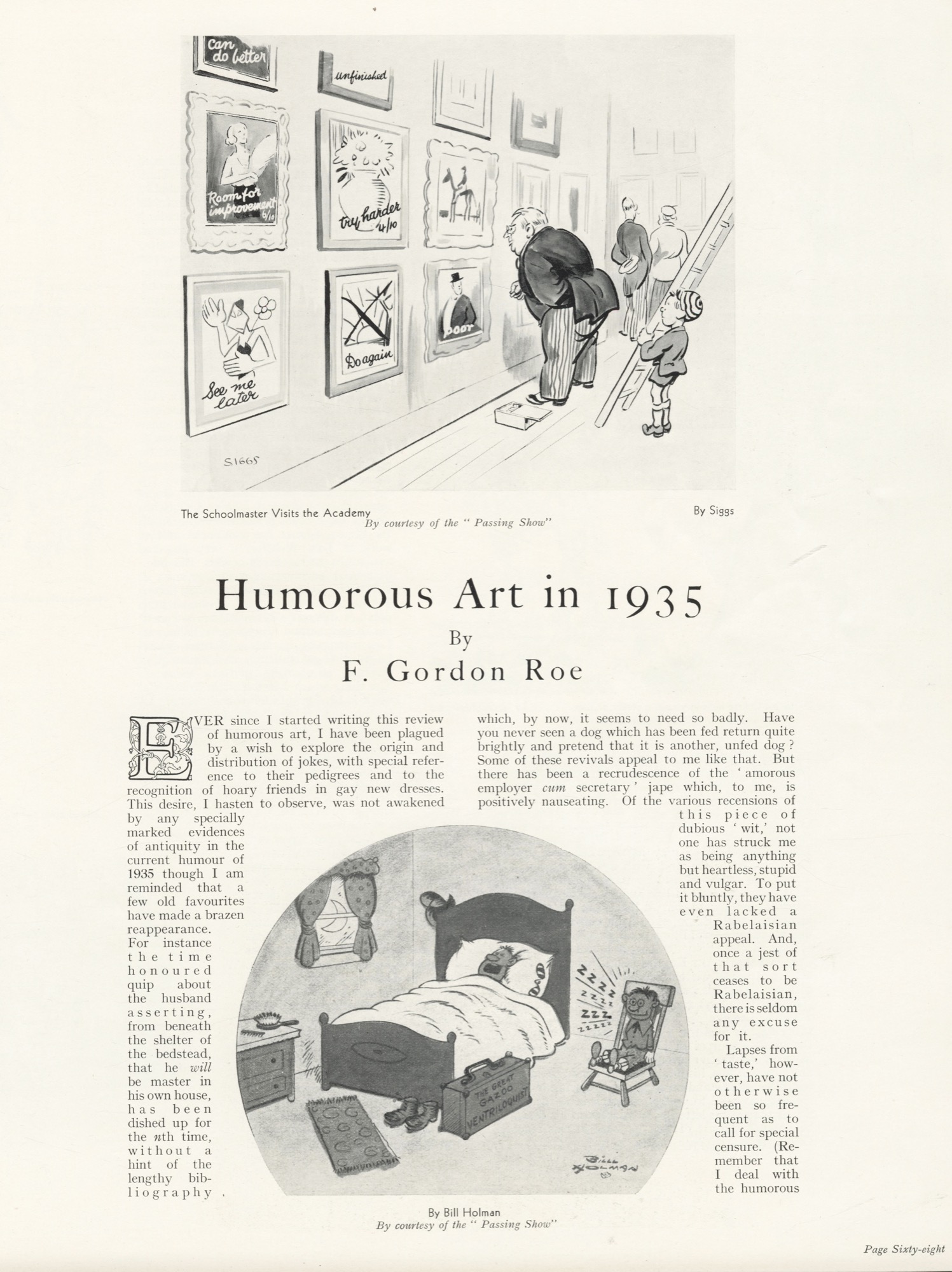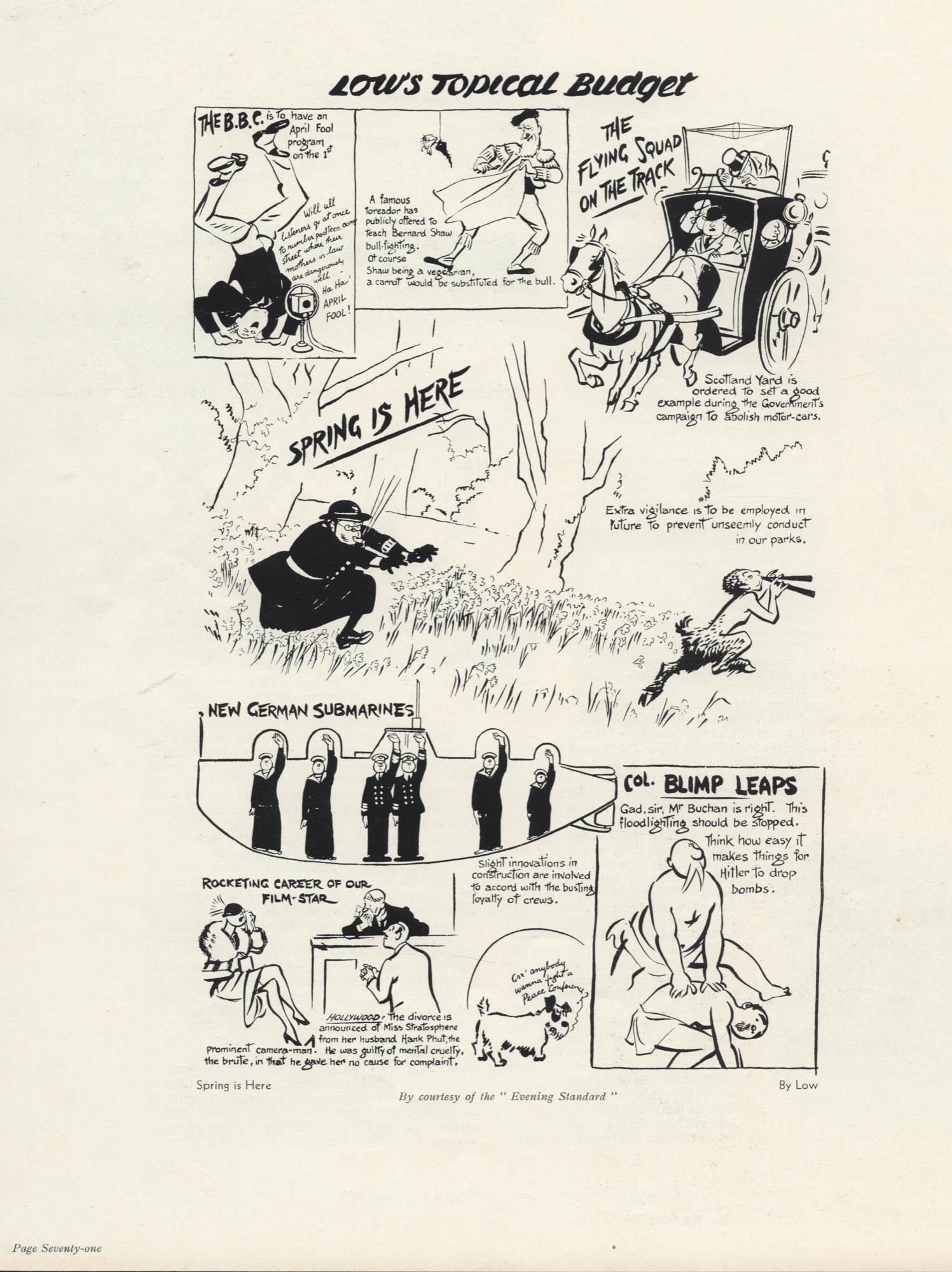You are browsing the full text of the article: Humorous Art in 1935
| Art Review A Survey of British Art In All Its Branches 1935 1935 Page: 68 | ||||||||||||||||||||||||||||||||
| Humorous Art in 1935 | ||||||||||||||||||||||||||||||||
|

|
|
||||||||||||||||||||||||||||||
| Art Review A Survey of British Art In All Its Branches 1935 1935 Page: 69 | |||||||||||||||||||||||||||||||
| Humorous Art in 1935 | |||||||||||||||||||||||||||||||
|

|
||||||||||||||||||||||||||||||
| Art Review A Survey of British Art In All Its Branches 1935 1935 Page: 71 | |||||||||||||||||||||||||||||
| Humorous Art in 1935 | |||||||||||||||||||||||||||||
|

|
|
|||||||||||||||||||||||||||
| Art Review A Survey of British Art In All Its Branches 1935 1935 Page: 72 | |||||||||||||||||||||||||||||||
| Humorous Art in 1935 | |||||||||||||||||||||||||||||||
|

|
|
|||||||||||||||||||||||||||||



